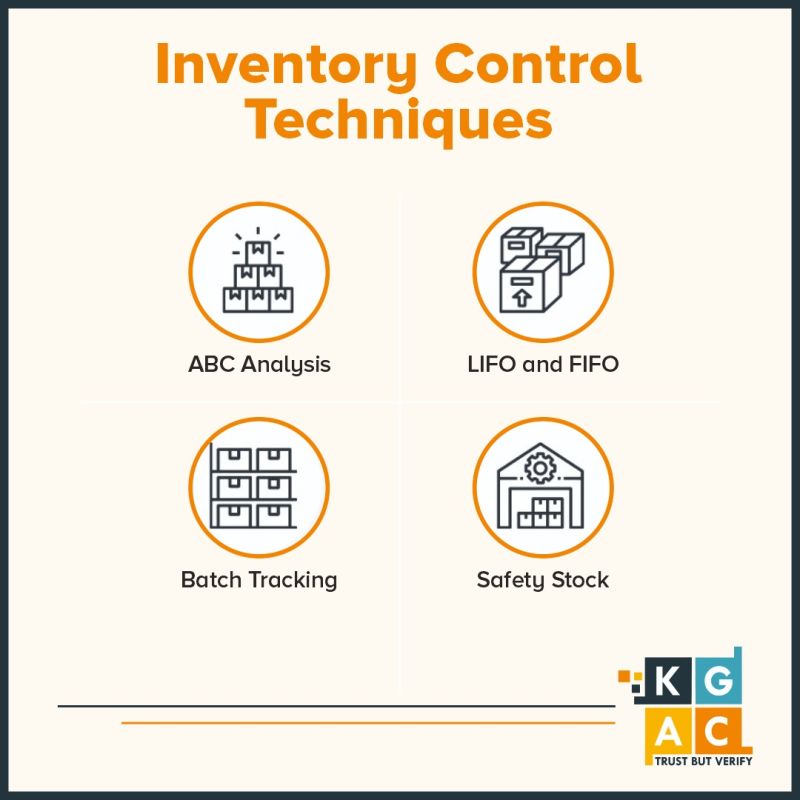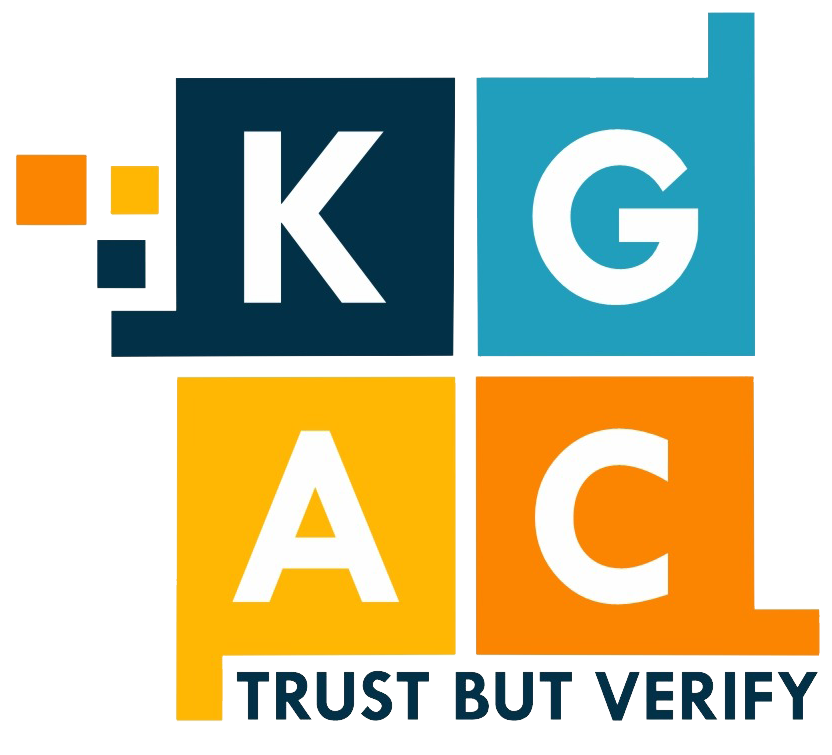
right stock to meet customer demand while minimizing carrying costs and preventing stockouts or overstock situations.
Two primary categories of inventory control systems exist 𝗽𝗲𝗿𝗶𝗼𝗱𝗶𝗰 𝘀𝘆𝘀𝘁𝗲𝗺 𝗮𝗻𝗱 𝘁𝗵𝗲 𝗽𝗲𝗿𝗽𝗲𝘁𝘂𝗮𝗹 𝘀𝘆𝘀𝘁𝗲𝗺.
𝗣𝗲𝗿𝗶𝗼𝗱𝗶𝗰 𝗜𝗻𝘃𝗲𝗻𝘁𝗼𝗿𝘆 𝗖𝗼𝗻𝘁𝗿𝗼𝗹 𝗦𝘆𝘀𝘁𝗲𝗺:
The periodic inventory control system involves conducting recurring inventory counts at specific intervals. In this approach, warehouse supervisors manually tally their inventory monthly, quarterly, or annually, with the precise frequency determined by the organization’s requirements and operational activities.
𝗣𝗲𝗿𝗽𝗲𝘁𝘂𝗮𝗹 𝗜𝗻𝘃𝗲𝗻𝘁𝗼𝗿𝘆 𝗖𝗼𝗻𝘁𝗿𝗼𝗹 𝗦𝘆𝘀𝘁𝗲𝗺
The perpetual inventory control system offers a real-time and precise assessment of inventory levels. It relies on technology such as barcodes and Radio Frequency Identification (RFID) tags to track products.
Inventory control involves various techniques for monitoring how stocks move in a warehouse. Four popular inventory control methods include
𝗔𝗕𝗖 𝗮𝗻𝗮𝗹𝘆𝘀𝗶𝘀; 𝗟𝗮𝘀𝘁 𝗜𝗻, 𝗙𝗶𝗿𝘀𝘁 𝗢𝘂𝘁 (𝗟𝗜𝗙𝗢) 𝗮𝗻𝗱 𝗙𝗶𝗿𝘀𝘁 𝗜𝗻, 𝗙𝗶𝗿𝘀𝘁 𝗢𝘂𝘁 (𝗙𝗜𝗙𝗢); 𝗯𝗮𝘁𝗰𝗵 𝘁𝗿𝗮𝗰𝗸𝗶𝗻𝗴; 𝗮𝗻𝗱 𝘀𝗮𝗳𝗲𝘁𝘆 𝘀𝘁𝗼𝗰𝗸.
𝗔𝗕𝗖 𝗮𝗻𝗮𝗹𝘆𝘀𝗶𝘀
Inventory control employs the ABC analysis method to categorize stocks based on their significance, price, and sales volume, influencing a company’s stocking decisions.
As the name implies, this analysis divides items into the following groups:
A class – Comprising expensive, high-value items requiring stringent control and limited inventory levels.
B class – Encompassing moderately priced items of medium priority, characterized by moderate sales volume and inventory levels.
C class – Encompassing low-value, cost-effective items with high sales figures and substantial inventory quantities.
𝗟𝗮𝘀𝘁 𝗜𝗻, 𝗙𝗶𝗿𝘀𝘁 𝗢𝘂𝘁 (𝗟𝗜𝗙𝗢) 𝗮𝗻𝗱 𝗙𝗶𝗿𝘀𝘁 𝗜𝗻, 𝗙𝗶𝗿𝘀𝘁 𝗢𝘂𝘁 (𝗙𝗜𝗙𝗢)
Both inventory control methods manage the flow of inventory items within the warehouse according to their arrival dates, with the prioritization determined by the product types stored in the facility.
Utilizing the Last-In-First-Out (LIFO) approach, the warehouse dispatches the most recently received batch of items to customers as a priority.
Conversely, when employing the First-In-First-Out (FIFO) technique, the warehouse precedes older stocks for processing and shipping.
𝗕𝗮𝘁𝗰𝗵 𝘁𝗿𝗮𝗰𝗸𝗶𝗻𝗴:
Batch tracking is also a great way of organizing stock items in a warehouse facility. This method groups goods of the same production date and materials.
𝗦𝗮𝗳𝗲𝘁𝘆 𝗦𝘁𝗼𝗰𝗸:
Safety stock entails maintaining an extra inventory of goods as a precaution against market fluctuations. This quantity should exceed the average demand or utilization of the product.
